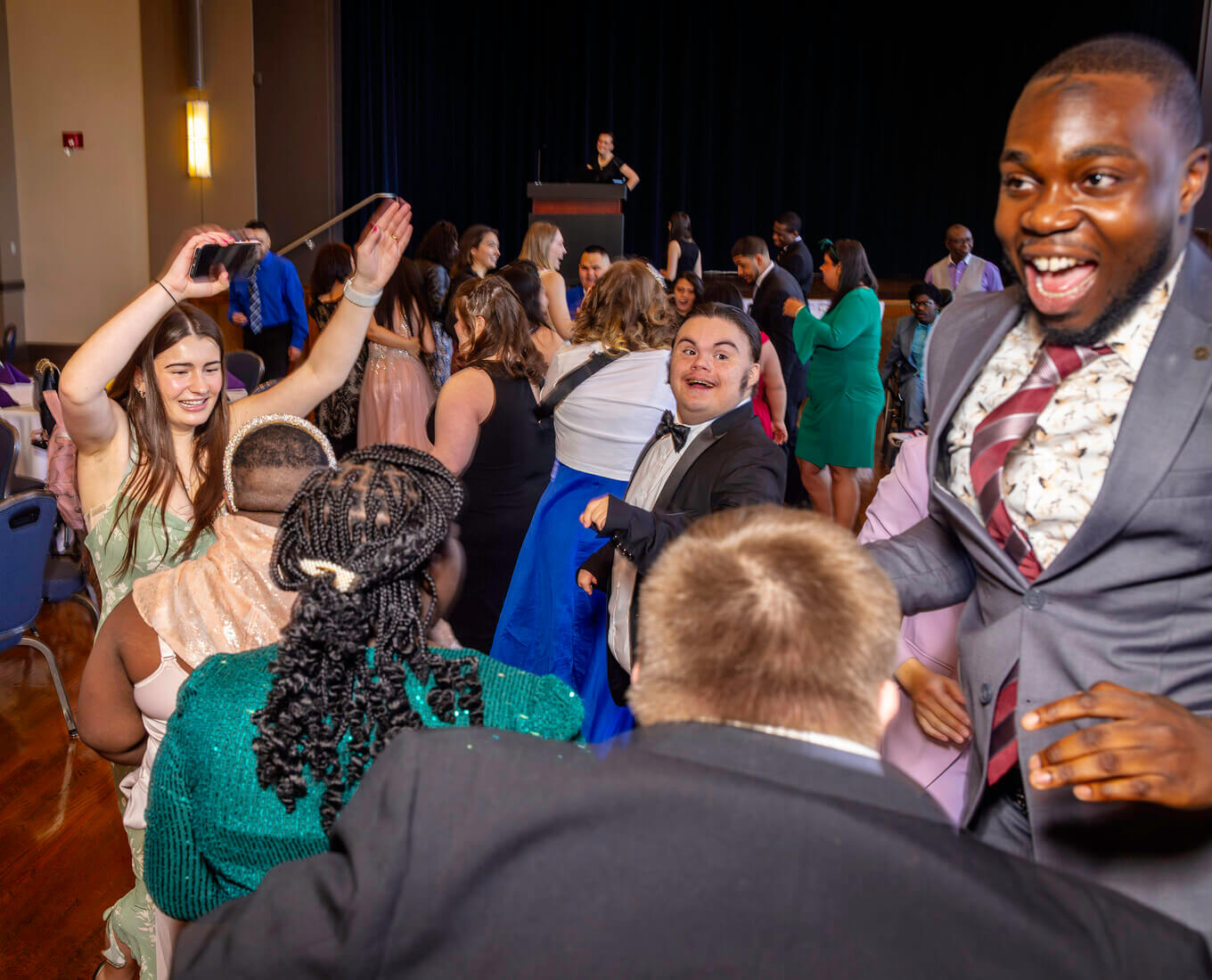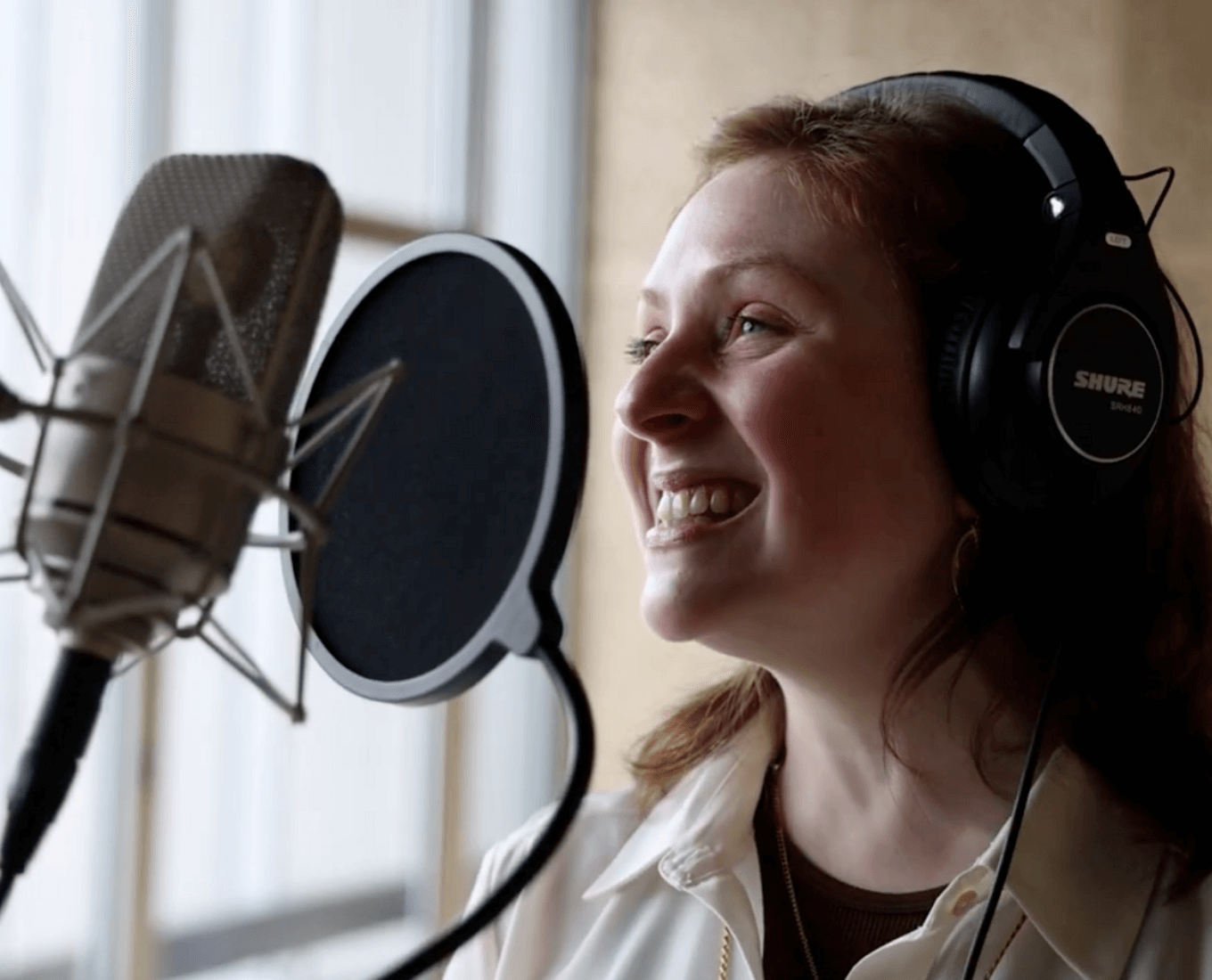
The Holy Cross football team, with their participation in the “Get in the Game. Save a Life.” campaign, has joined 26 other college football teams to help the National Marrow Donor Program reach its goal of 5,000 new registry members.
The program has helped 25,000 patients with leukemia and other life threatening diseases receive transplants and gain a second chance at life.
Interested students, faculty, and staff can get in the game and take the first step to saving a life by joining the registry on April 24. The team will be in Kimball Dining Hall between 9 a.m. and 1 p.m.
Football players were all given information about the foundation last month and challenged to raise awareness about the cause. Each player was also asked to recruit students, faculty, staff, and local residents to join the National Marrow Donor Program Registry. While they want to acquire as many willing participants as possible, there is an increased need for registry members from diverse racial and ethnic backgrounds.
Members of the Holy Cross community who choose to register are not committed to donating. Once you are member of the Registry, you may never be identified as a match. In fact, there is only a 1-in-80,000 chance that a registered donor will be a match. If you are, however, you may be the only person on the list of more than 13 million members who is able to save a particular patient’s life.
For players like Graham Gawryszewski ’11, who has a friend at home struggling with cancer, the experience has been especially meaningful.
“It really hits home to be raising awareness for this cause right now,” he says. “We are letting people know that they can help save a life by simply offering 15 minutes of their time. I’m really glad that my teammates and I have a chance to teach people about donating and give them a chance to join the registry without leaving campus.”
Thus far, the players have found that members of the Holy Cross community are very open to the idea of helping others, but some are frightened by the common myth that marrow donation is extremely painful. The most common method of donation today, however, is a non-surgical, out-patient procedure called peripheral blood stem cell (PBSC) donation. PBSC feels comparable to donating plasma and the procedure is similar to that of donating or receiving blood.
The team however, would like to stress that signing up for the registry does not require any donating procedure. There are no needles, blood, or cost involved, just a painless cheek swab and simple paperwork. New patient match searches begin every day and joining the registry simply gives patients increased hope of finding a match.
For more information about marrow donation, visit www.marrow.org.
By Mary Moczula ’11
Holy Cross Football Players Recruit New Members for National Marrow Donor Program
Read Time
2 Minutes


